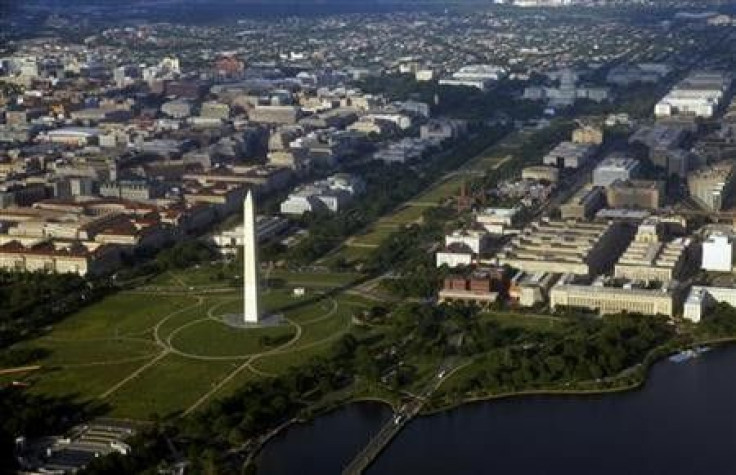U.S. Commercial Real Estate Growth Expected in 2012: NAR

Improving market fundamentals will bolster the commercial real estate market in 2012, according to the National Association of Realtors (NAR).
Vacancy rates are flat, leasing is soft and concessions continue to make it a tenant's market, said Lawrence Yun, NAR's chief economist, in a statement. However, with modest economic growth and job creation, the fundamentals for commercial real estate should gradually improve in the coming year.
Yun said that vacancy rates are expected to decrease and rents should rise modestly over the next year. The NAR forecasted vacancy rates to decline by 0.6 percent in the office sector, 0.4 percent in industrial, 0.8 percent in retail and 0.7 percent in multifamily over the next year.
The U.S. office vacancy rate is expected to fall from 16.7 percent in this quarter to 16.1 percent in the fourth quarter of 2012. Washington D.C. and New York City, two of the country's strongest regions, have the lowest office vacancy rates of 9.3 percent and 10.3 percent, respectively. New Orleans is third, at 12.8 percent.
Office rents are expected to increase 1.7 percent in 2012, following a 1.4 percent gain in 2011. Net absorption -- the aggregate measure of leased square footage, offset by newly vacant space -- is expected to be 20.2 million square feet in 2011 and 31.7 million in 2012.
Industrial buildings are expected to see a decline in vacancy from 12.3 percent in this quarter to 11.7 percent in the fourth quarter of 2012. Los Angeles, Orange County, Calif. and Miami have the lowest industrial vacancies rates of 5.2 percent, 5.7 percent and 8.4 percent, respectively.
The NAR projects industrial recents to increase by 1.8 percent in 2012, up from a 0.5 percent decline this year. Net absorption is projected at 41.2 million square feet in 2012, down from 62 million square feet this year.
Retail vacancy is expected to decline from 12.6 percent in this quarter to 11.8 percent in the fourth quarter of 2012. The lowest retail vacancy rates are in San Francisco, at 3.7 percent, Long Island, N.Y. and Northern N.J., at 5.7 percent and San Jose, at 6 percent.
Average retail rent is expected to decline 0.2 percent this year and increase 0.7 percent in 2012. Net absorption for retail is expected to be 1.2 million square feet this year and is forecast to jump to 13.5 million square feet in 2012.
Multifamily housing, which already has the tighest vacancy rate of five percent, is expected to have the highest increase in rents, with up to a seven percent increase over the next two years, if construction doesn't keep up. Rents are projected to increase 3.5 percent in 2012, after a 2.5 percent increase this year. The vacancy rate for multifamily is expected to drop to 4.3 percent in the fourth quarter of 2012, a rate that's typically seen as a landlord's market.
The lowest vacancy rates are in Minneapolis, at 2.4 percent, New York City, at 2.7 percent and Portland, Ore., at 2.8 percent. Multifamily net absorption is expected to be 238,400 units this year and 126,600 in 2012.
© Copyright IBTimes 2024. All rights reserved.











